Trigger warning – this blog discusses mental health and suicide.
This week is Mental Health Awareness Week (10-16th May 2021) and we’d like to use this opportunity to discuss some of the ways mental health and sustainability intersect.
#1 SDG 3 – Ensure healthy lives and promote well-being for all
One of Sustainable Development Goal Three’s (SDG 3) targets is to “reduce by one-third premature mortality from non-communicable diseases through prevention and treatment and promote mental health and well-being”. Awareness of the importance of addressing mental health has increased in recent years, and rightly so: depression represents one of the leading causes of disability, suicide is the second leading cause of death amongst 15-29-year-olds, and people with severe mental health conditions are at risk of premature death due to preventable physical conditions (WHO, 2021). Additionally, individuals with mental health conditions may face stigma, discrimination and human rights violations.
While SDG 3 focuses explicitly on mental health, achieving this target requires progress across all 17 SDGs. Mental health and wellbeing are intricately linked to challenges such as poverty, inequality, work, education, gender, infrastructure, air pollution, access to quality green spaces, peace etc. Not only do these factors increase the risk of poor mental health, but they also impact the accessibility and quality of mental health services.
One example is emergency contexts, including natural disasters, conflict and forced migration, during which many individuals will face temporary distress. In the longer term, the prevalence of common mental disorders generally doubles in a humanitarian crisis due to increased poverty, lack of security, separation from family, community and home, and trauma. Overall, it has been estimated that 1 in 5 people living in an area affected by conflict will have a common mental health condition. Finally, it is important to note that climate change is expected to exacerbate many of these issues, thus causing greater and wider distress, which leads us to our next topic…
#2 Climate change and mental health
When you think about climate change, mental health might not be the first thing that comes to mind. We often discuss climate change on a global scale, in terms of physical processes and tangible, measurable impacts. However, it both, directly and indirectly, impacts individuals’ and communities’ mental health and psychological well-being.
Indeed, climate change and its associated impacts (rising sea levels, changing temperatures, extreme weather patterns, wildfires, droughts, food and water insecurity, etc.) put at risk a range of phenomena that people and communities value and rely on in their daily lives, both material and non-material, from homes, landscapes and ecosystems to cultural traditions, livelihoods, identities and social cohesion… From forced displacement to gradual changes in an environment, feelings of loss – loss of place, loss of identity, decreased sense of self – can arise. And, as mentioned above, these impacts are more acutely felt in communities and populations where climate change intersects with pre-existing health conditions, socioeconomic inequities and unequal power dynamics.
#3 The rise of eco-anxiety
As with many crises, the climate crisis is causing (justifiably) strong emotional responses, in people and communities around the world. Amongst inspiration and hope for change, feelings of anger, hopelessness, guilt and fear are common and natural.
Eco-anxiety refers to the stress caused by “watching the slow and seemingly irrevocable impacts of climate change unfold” or the “feelings of helplessness, anger, […] panic and guilt toward the climate and ecological crisis”. Force of Nature has been studying the occurrence of eco-anxiety amongst youth globally. They found that amongst 500 respondents, over 70% had experienced feelings of hopelessness in the face of climate change.
Circling back to this year’s Mental Health Awareness Week’s theme of Nature, it is important to recognize the interconnectedness between the health of our minds, bodies and planet. Indeed, sustainability refers not only to environmental sustainability but also to social sustainability.
When you’re feeling overwhelmed by the immensity of the climate crisis, be kind to yourself, and connect with your loved ones and your community. However, if symptoms of anxiety are interfering with your ability to function well and feel good, we encourage you to seek professional help. Here are some ways you can find support at King’s: KCLSU’s wellbeing events, Positive Peers, Counselling and Mental Health support, Black Students Talk, Out-of-hours counselling. You can also find resources here and here.
Some further reading on the topic
Tackling social inequalities to reduce mental health problems: How everyone can flourish equally
Mental Health and our Changing Climate: Impacts, Implications, and Guidance
The case for systems thinking about climate change and mental health
Caring for the environment helps to care for your mental health
Mental health and the environment
Mental health and wellbeing in the Sustainable Development Goals
The Lancet Commission on global mental health and sustainable development
This Must Be the Place: Underrepresentation of Identity and Meaning in Climate Change DecisionMaking
Place identity and climate change adaptation: a synthesis and framework for understanding
Examining relationships between climate change and mental health in the Circumpolar North


 .
. 
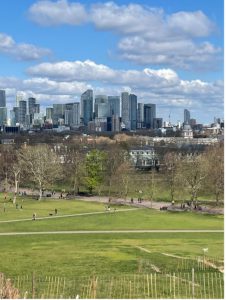

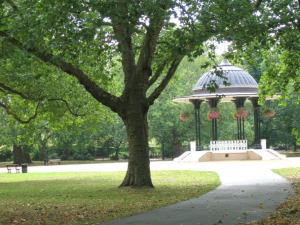

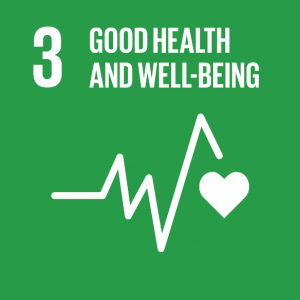


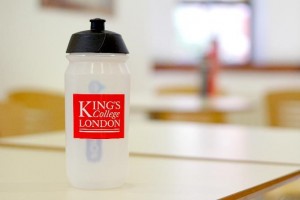

 The conference started with a keynote speech by Amanda MacKenzie OBE, who highlighted the importance of getting everyone involved. When the SDGs were unveiled, she ran a campaign to get word about them out there. One of the key messages of this was the importance of using simple language everyone understands. This is why she refers to the goals as Global Goals rather than SDGs, claiming the term SDGs “sounds like something you would see your doctor about”. By calling them the Global Goals and making them accessible, we should be able to take millions of small, simple actions, together adding up to significant change.
The conference started with a keynote speech by Amanda MacKenzie OBE, who highlighted the importance of getting everyone involved. When the SDGs were unveiled, she ran a campaign to get word about them out there. One of the key messages of this was the importance of using simple language everyone understands. This is why she refers to the goals as Global Goals rather than SDGs, claiming the term SDGs “sounds like something you would see your doctor about”. By calling them the Global Goals and making them accessible, we should be able to take millions of small, simple actions, together adding up to significant change.
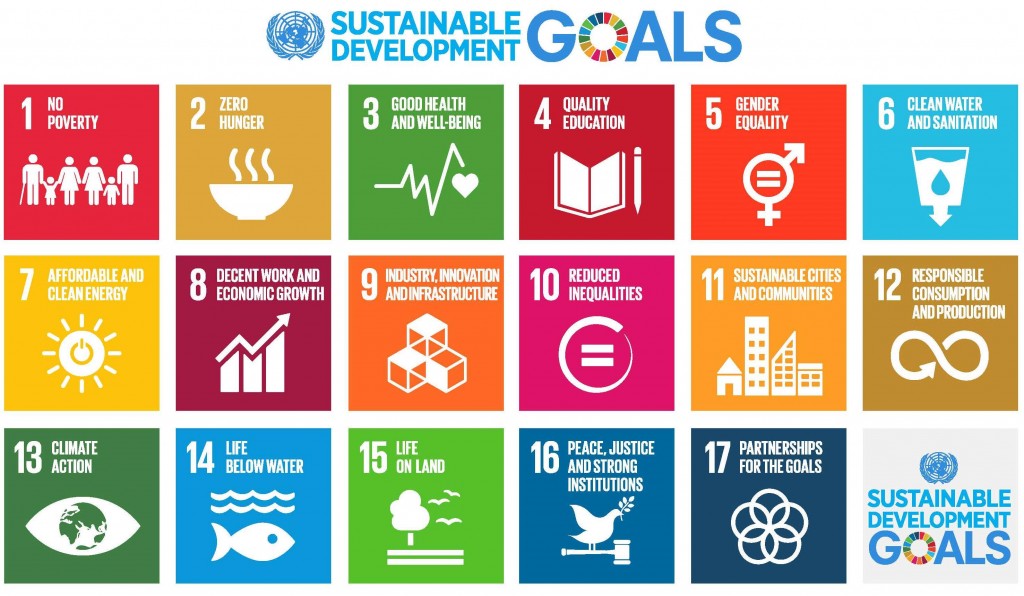
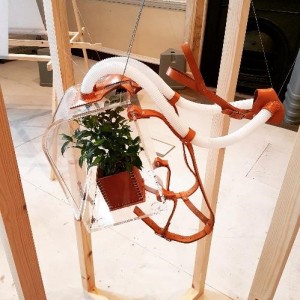
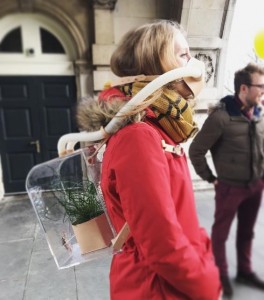
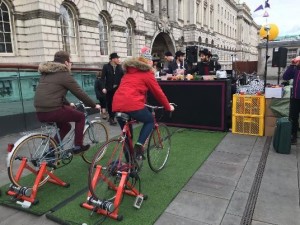
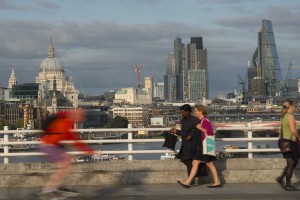 rs
rs 
 Under certain conditions, many diesel cars will also switch off their emission controls. Legal loopholes enabled them to do this when the outside temperature falls below 18°C. While manufacturers claim this is to protect the engine, average temperatures in London mean this causes significant problems for the city’s pollution levels, as cold periods are often when pollution builds up. This is made worse by the rising number of diesel vehicles on London’s roads.
Under certain conditions, many diesel cars will also switch off their emission controls. Legal loopholes enabled them to do this when the outside temperature falls below 18°C. While manufacturers claim this is to protect the engine, average temperatures in London mean this causes significant problems for the city’s pollution levels, as cold periods are often when pollution builds up. This is made worse by the rising number of diesel vehicles on London’s roads. Therefore, even local pollution might require cross-border efforts to be tackled effectively. “It’s also someone else’s local emissions. And where are our local emissions going when they are not causing us a problem? They are going to somebody else”, says Tim Baker.
Therefore, even local pollution might require cross-border efforts to be tackled effectively. “It’s also someone else’s local emissions. And where are our local emissions going when they are not causing us a problem? They are going to somebody else”, says Tim Baker.